This clip is from “Ask Me Anything” (AMA) episode #05, originally released on April 22, 2019, talks about how to train for the Centenarian Decathlon™.
If you’re a member, you can now listen to this full episode on your private RSS feed or on our website. If you are not a member, learn more about the how to become a member and the benefits here.
Show Notes
How to train for the Centenarian Decathlon™ [18:00]
- The body, in most people, will fail before the other systems (brain, heart, etc.)
⇒ This fact got Peter thinking, how do we mitigate that?
- Came up with this idea of backcasting (instead of forecasting) what I want to do in the end (the term backcasting being borrowed from Annie Duke who wrote Thinking in Bets)
First question… “If I want to live to 100, what do I have to physically be able to do to be satisfied with my life?”
- Personally for Peter that means…
- Being able to play with his potential future grandkids and even great grandkids
- Shoot a bow and arrow
- Lifting a 30 lb suitcase into an overhead bin
- Among other basic ADL
⇒ In total Peter listed 18 things he’d like to be able to do at 100, below are some of them…
- Some of them seem trivial (i.e. get up off the floor with a single point of support (i.e. using just one arm)
- Able to drop into a squat position and pick up a child that weighs 30 pounds
- I want to be able to lift something that weighs 30 pounds over my head (i.e. a suitcase into an overhead bin)
- Get out of a pool without a ladder
Next question… What are physical tasks that would approximate those things?
⇒ Example: Picking up the 30-pound kid who comes running at you could be approximated by a 30 lb goblet squat
Figure 2. The goblet squat. Image credit: xbodyconcepts.com
⇒ Once you have the approximate exercise, begin working backwards from there while keeping in mind the inevitable fact that there will be a natural decline: I want to be able to do these things at 100 ⇒ so I need able to do these things at 80 ⇒ this level at 60 ⇒ And I need to be able to do it at this level today
The framework = Since everyone is different, with different limitation, it is hard to say what one should be doing today to reach their 100-year olympics, but rather, it makes more sense to focus on the framework
⇒ Four components of exercise:
- Stability
- Strength
- Aerobic performance
- Anaerobic output
Each exercise focuses on at least 1 of the 4
- Every one of the 18 things on Peter’s list touch at least one of those (many touch more than one)
- With the goblet squat, for example, it requires both strength and stability
- Also on Peter’s list is being able to walk up three flights of stairs with 10 lb of groceries in each hand (aerobic, and on the threshold of aerobic/anaerobic, also got strength)
Stability
- Where most people start to fail first is stability
- We were born with an innate ability to squat (Start to lose it in school years from all the sitting)
Figure 3. “Wanna learn how to squat? Just ask a toddler. They won’t be able to ‘articulate’ their form, per se, but the visual is worth a thousand words. Here is my guy giving me a seminar today.” Image credit: @peterattiamd
- The field of dynamic neuromuscular stabilization is built on the principle that there are ~14 movements that are completely innate to us and by the time we’re a 1.5 years or so we are able to do them all perfectly ⇒ basically all downhill from there and accelerated significantly by school
- Once you start sitting, that’s when we lose so much of that stability. We lose the ability to maintain tension through our pelvic floor and throughout the entire movement
- We lose our ability maintain tension throughout our entire “core” (referring to the diaphragm, the obliques, the transversalis fascia and the entire pelvic floor)
Peter’s two cents:
- Spend as much time as possible working on dynamic stability and static stability
- Static first, then dynamic
- Incorporate stability into your strength workouts (because at the age of 25 you can do a lot of dumb things and get away with it incorrectly but will start to impact you down the road)
Selected Links / Related Material
Book recommendation from Peter that coined the term “backcasting”: Thinking in Bets: Making Smarter Decisions When You Don’t Have All the Facts by Annie Duke | (amazon.com) [20:00]
Book by Doug McGuff that is a proponent of super slow training: Body by Science: A Research Based Program for Strength Training, Body building, and Complete Fitness in 12 Minutes a Week by Doug McGuff and John Little | (amazon.com) [30:15]
Centenarian studies: [32:00]
- Nir Barzilai’s study: The Longevity Genes Project | (einstein.yu.edu)
- Tom Perls’s study: New England Centenarian Study | (wikipedia.org)

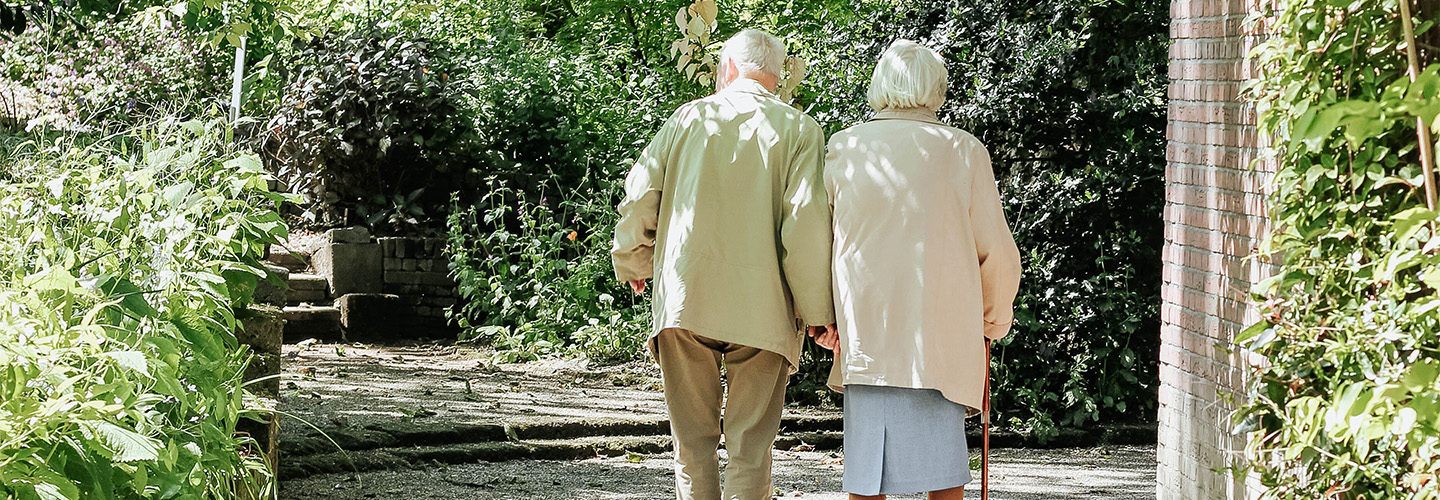
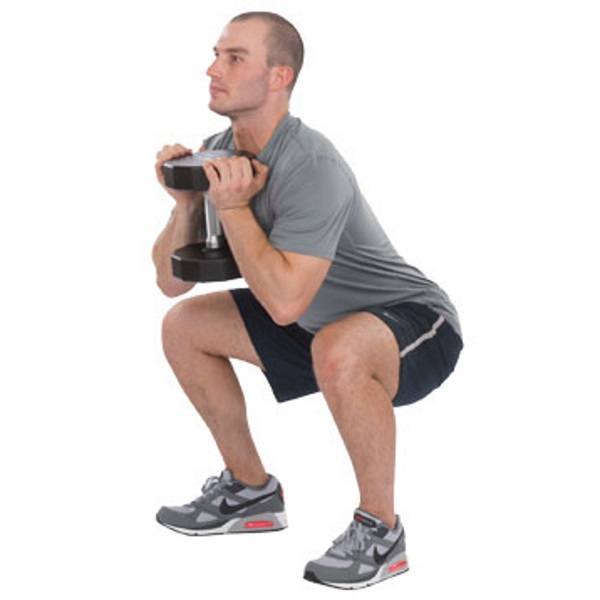
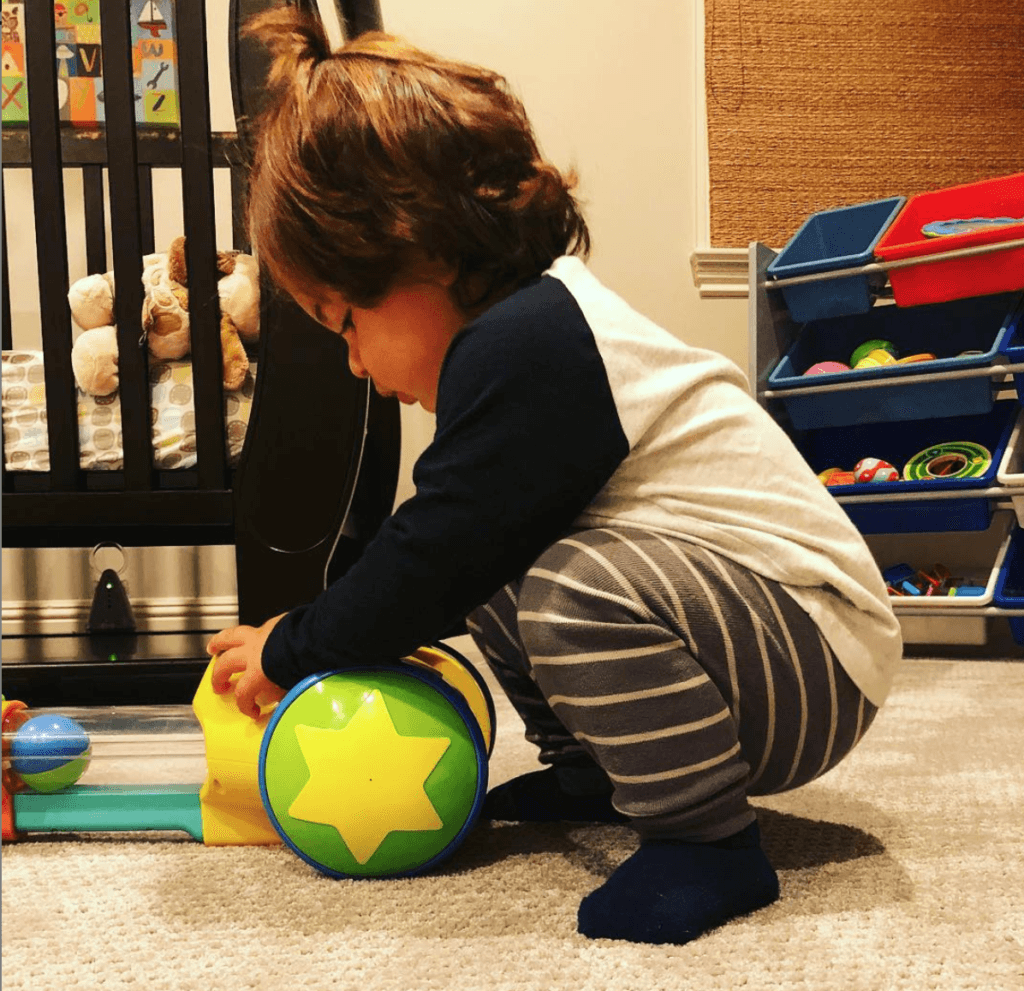
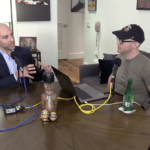

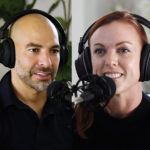
Does Peter have a workout guide/comprehensive list of exercises that he does to support these?
Atul Gawande wrote about visiting a Gerontologist at Mass General.
Advice he was given about improving stability?
Brush your teeth while standing on leg.
Uppers; stand on right leg.
Lowers; stand on left leg.
Try it; not easy. 😉
Dr. Blair Adams
👍
Will start tonight. Thanks, Michèle
I think like sugar, using a mattress is not good for the back.
A lodger I had, who did weight lifting, built his own wooden bed.
I inherited it, and now sleep on it with 5 pillows, arranged as I need.
I also use it for siting, with a computer in the day.
Its an experiment, I never went back from…